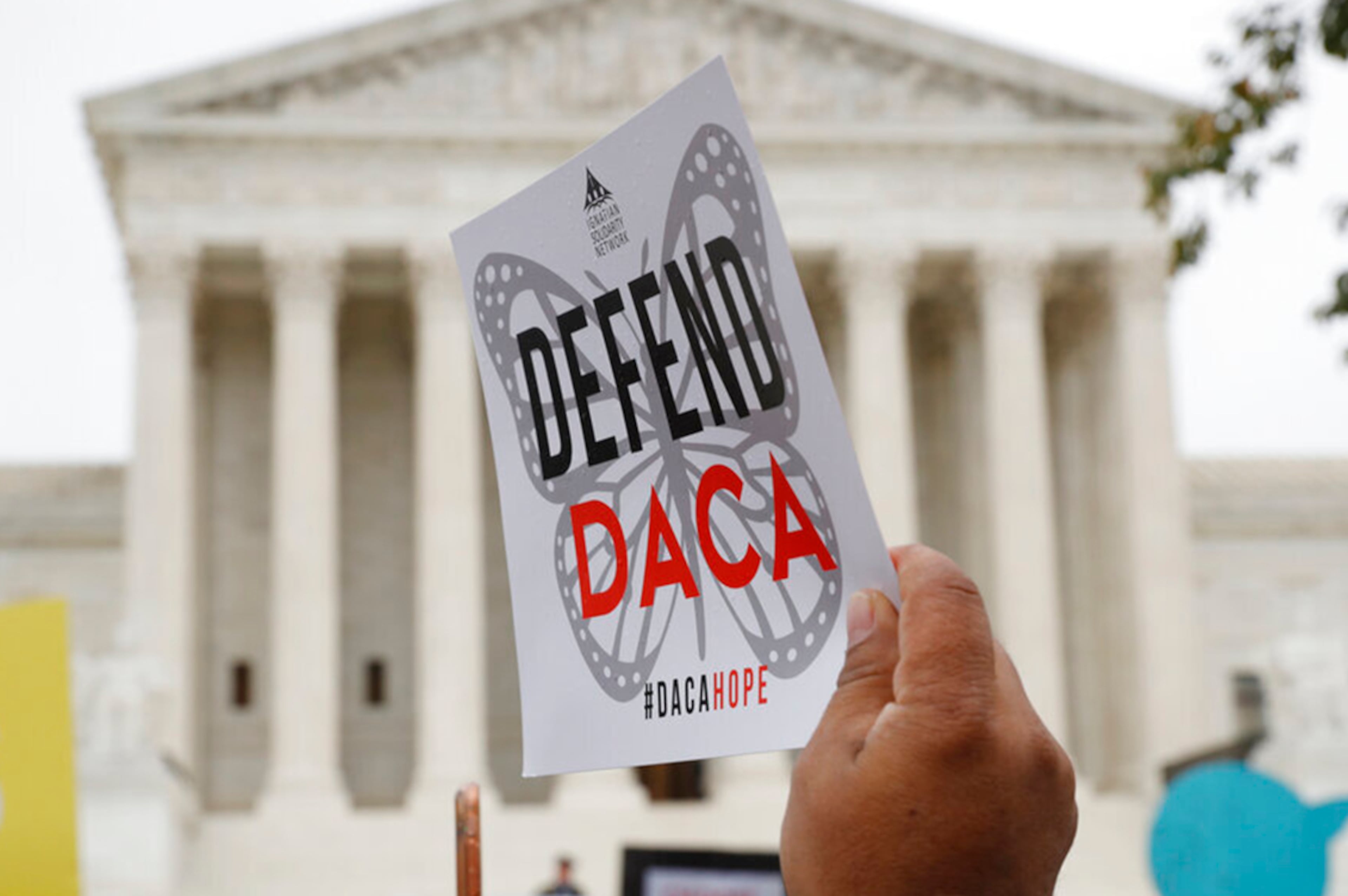Realizing Beltline’s full benefits necessitates proposed tax hike

In the early days of the Atlanta Beltline, we were just selling air. We were trying to convince people to imagine a future along an abandoned railroad corridor lined with vacant and underutilized buildings. Many of you could see the dream, but there were some people who could not. When the Eastside Trail opened in 2012, however, the vision became clear, and today, although we are far from the finish line, the Atlanta Beltline’s Trail is an obvious and unrivaled success. It has helped reinvigorate communities, incentivize economic development, support public health, and create all kinds of new social, cultural, and entrepreneurial opportunities.
To realize the full vision of the Atlanta Beltline, and to make sure that it includes everyone, we must finish what we started. That requires sustained attention and investment from a variety of public, private, and philanthropic sources in all aspects of the project. One such source is the recently-proposed Special Service District (SSD) to help complete the missing segments of trail – a feat that will demonstrate the potential of the fully connected loop.

I believe strongly that we must lay the foundation for the city we want. We cannot achieve the vision we have for our lives without investing in our physical infrastructure. Completion of the Atlanta Beltline, including the Trail, can be a powerful tool for a more equitable economic recovery – one that covers a broader geography and more economic sectors, including small businesses and the arts. Now that we have a better-aligned federal administration, our continued investment in the Trail can be leveraged for more funding, and with intentionality and courage, we can ensure that its benefits are shared.
Many of you know how much I care about the implementation of transit, housing, and other essential components of the Atlanta Beltline. Know that my support for completing the Trail does not come at the expense of those outcomes. In fact, I believe it will support them. Like the Eastside and Westside trails, the remainder of the loop will align with future transit, protecting the much-needed, free-flowing, and traffic-free transit corridor. Where the old railroads are still barriers between places, existing residents will enjoy new connectivity and better access to local amenities. The Trail will also attract new investment, which will create more job opportunities, and construction will support many minority-owned contractors. New rental apartments will be required to deliver affordable units under inclusionary zoning, and all development will increase funding through the Beltline Tax Allocation District (TAD) to support all project components, including affordable housing and small business incentives.
Unfortunately, without new funding sources to complete the Beltline Trail, we will not realize these benefits. The proposed Special Services District (SSD) would allow the commercial and multi-family properties that have benefited most from proximity to the Beltline to invest in its completion through a small property tax increase. The SSD will raise $100 million for Trail construction and then sunset after achieving that goal. Funding for the many components of the Atlanta Beltline must naturally come from multiple sources, and to finish the Trail, the proposed SSD – working alongside investments from Atlanta’s philanthropic community, the Atlanta Beltline TAD, and other transportation funding sources to reach the $350 million needed – seems to be a good fit.
After looking through the proposal, I think concerns about the SSD’s impact on the affordability of Beltline communities have been reasonably addressed. Houses, townhouses, and condos are excluded, impacts on larger apartment buildings are not onerous, and new programs are designed to assist families living on low or fixed incomes. Additionally, implementation of the Atlanta Beltline comes in context of broader city policy. The One Atlanta: Housing Affordability Action Plan outlines a $1 billion plan to build or preserve affordable housing and Mayor Keisha Lance Bottoms recently signed legislation for $50 million in bonds toward that goal. The Department of City Planning’s Atlanta City Design Housing was just released, illustrating the bold zoning reforms needed to support the Action Plan. And, of course, there are dozens of other agency, community, and nonprofit partners across the city working on related initiatives.
That said, there is much work ahead. Realization of the Atlanta Beltline’s broad vision is a massive undertaking that requires a spirit of collective action. It is wildly ambitious and enormously complex, and that’s exactly what makes it so compelling – not only to Atlantans, but to people all over the world. Over the last 20 years, as the story of my graduate thesis has unfolded, the most impressive thing I have learned is that it is possible. It also works. And as the nation struggles for economic recovery, Atlanta is lucky to have an unfinished investment that is known to deliver, and leadership committed to its purpose. It is a worthy and proven investment that will bring the city many returns.
Ryan Gravel’s college thesis created the concept that became the Atlanta Beltline.

